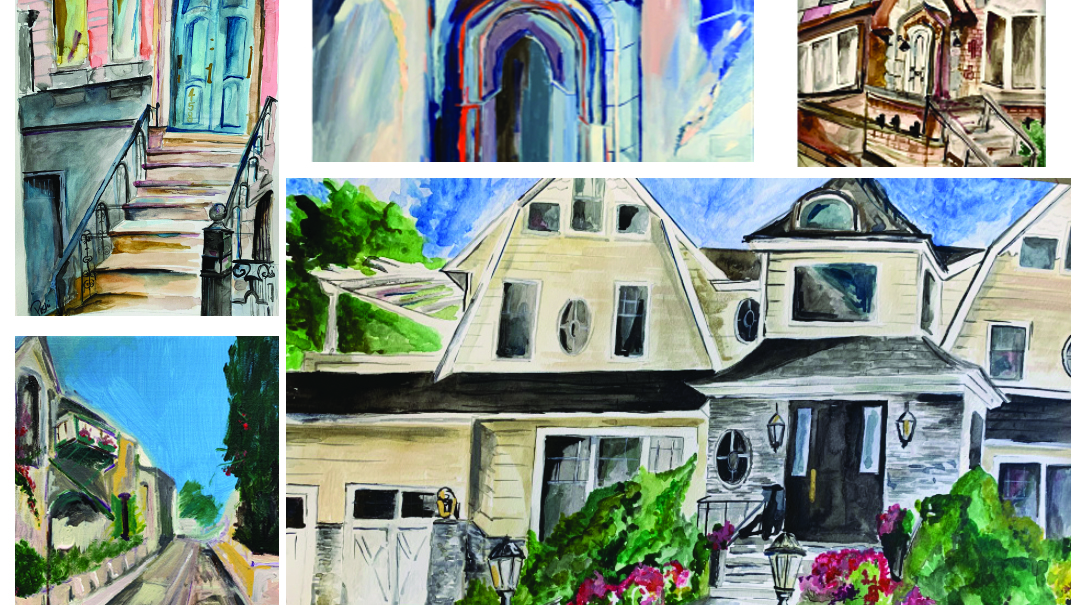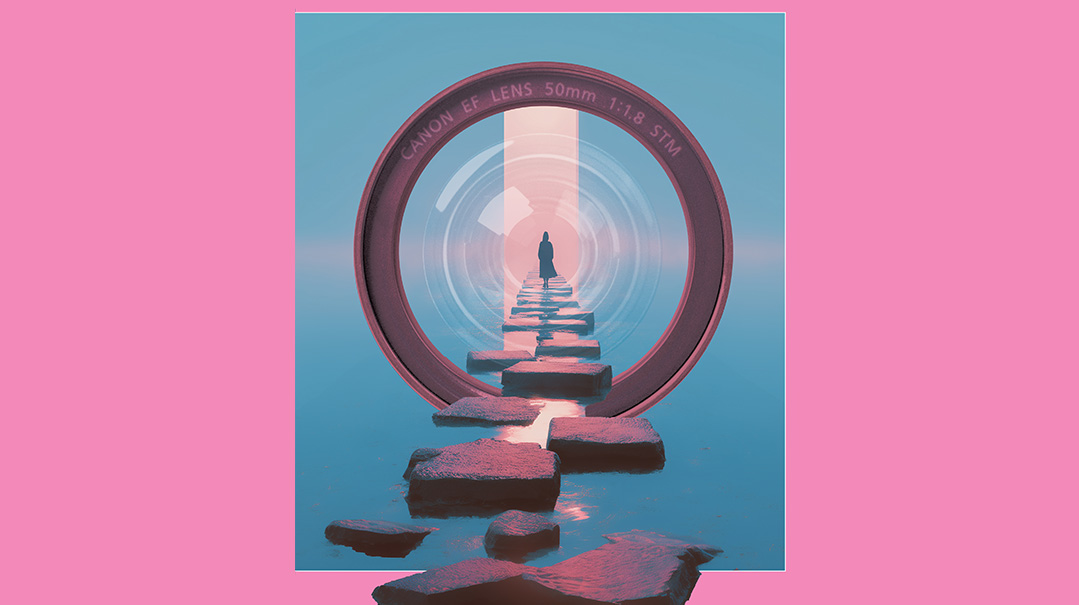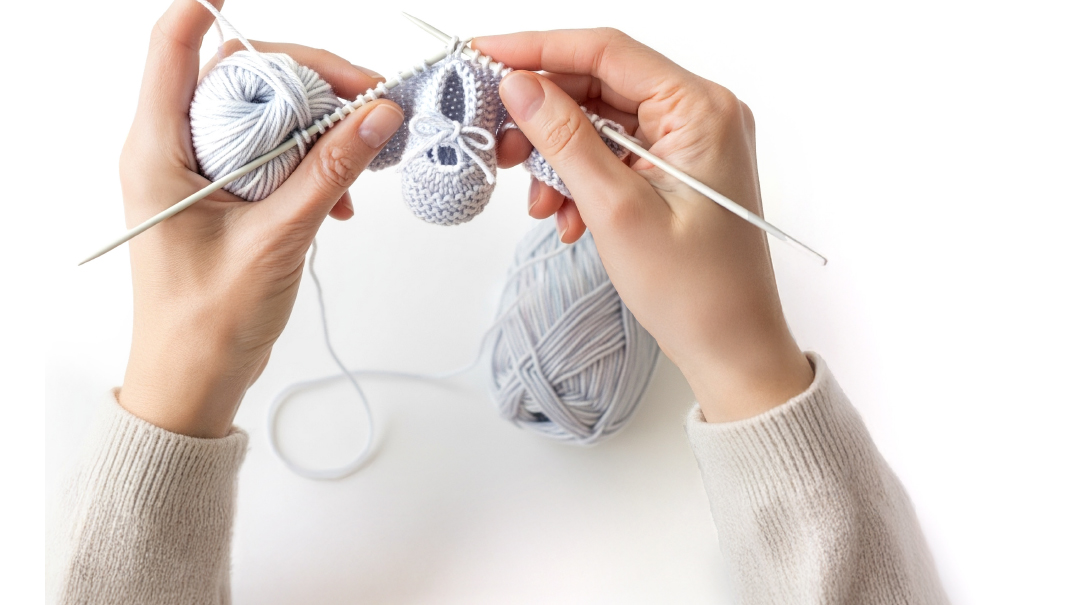The Bricks That Build Us

Peshi Haas’s portraits capture a family’s memories

Every artist has a niche, and for Peshi Hass, it’s her ability to resurrect memories on canvas. She can take an edifice of brick and stone and paint it in a way that reveals the inner essence of the structure, capturing the memories of those who spent time there.
Like the painting she made as a memento for her father, of a building on Madison and 25th in NYC, once home to the family business started by her grandparents shortly after they came to the United States from Europe following World War II.
Fifteen years ago, in that very building, Peshi started out as a budding artist, working in a studio just a door away from her grandmother’s office.
Every morning, Peshi would take the train from her home in Lawrence to Manhattan. It was a long trip, made doubly hard because she had two small children at home. Her grandmother never missed a day of work, and could be found each day at her desk, reviewing paperwork. She appreciated anyone with a vision and a dream and she’d stop into Peshi’s studio every day to see what her granddaughter was working on.
Peshi painted in a red, paint-smeared apron, and her grandmother focused all her pride on that apron, perhaps seeing it as a symbol of Peshi’s hard work. Dein shirtzel, she’d say, using the Yiddish word for apron.
“Maybe I reminded her of herself,” Peshi says, “although she worked way harder than me. I don’t know how she overcame so many obstacles.”
The painting Peshi made of that building on 25th and Madison isn’t just beautiful — it also captured the family’s personal memories of the past.
Oops! We could not locate your form.













